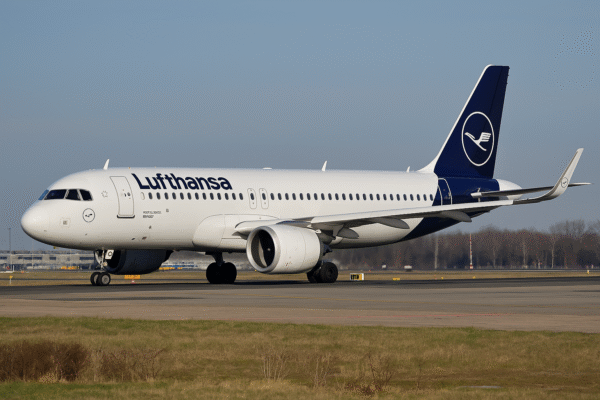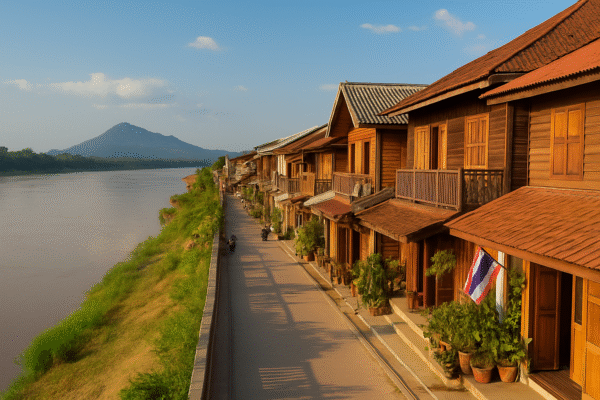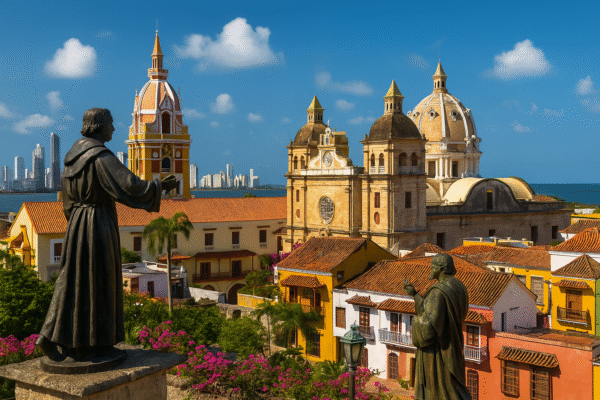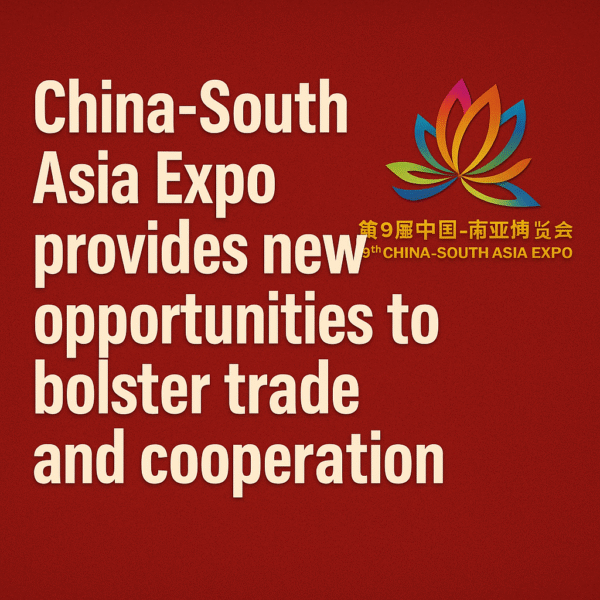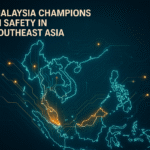The 9th China-South Asia Expo, hosted in Kunming, Yunnan Province, is shaping up to be a defining event in the Asian travel and trade industry calendar. Drawing delegates and senior officials from over 70 countries and more than 2,500 global enterprises, the 2025 edition of the expo highlights renewed regional enthusiasm for strengthening investment, cultural exchange, and tourism partnerships between China, South Asia, and ASEAN nations.
Set against the backdrop of increasing economic integration and travel corridor expansion across Asia, the expo showcases the role of China as a central connector in South Asia’s trade, logistics, and hospitality sectors.
Strategic Platform for South Asian Tourism and Investment
At the opening ceremony, Sri Lanka’s Minister of Trade, Commerce, Food Security, and Cooperative Development, Wasantha Samarasinghe, hailed the event as a vital mechanism for connecting South Asia with China’s expansive consumer and tourism markets. As the theme country for the 2025 expo, Sri Lanka is leveraging this moment to deepen ties in travel, hospitality investment, and bilateral tourism promotion.
“This expo connects China with South Asian countries more closely than ever, paving the way for transformative partnerships in tourism and commerce,” said Samarasinghe.
Sri Lanka’s pavilion at the expo highlights destination marketing initiatives, showcasing beach resorts, wellness retreats, and heritage sites in a bid to attract affluent Chinese tourists and investors seeking high-value experiences.
Vietnam, Laos, and Myanmar Eye Cross-Border Collaboration
Vietnam’s Deputy Prime Minister Tran Hong Ha emphasized the significance of regional development rooted in shared values and sustainable practices. “The expo represents a future of inclusive prosperity for China, South Asia, and ASEAN,” he said, while pointing to opportunities for collaborative tourism circuits and infrastructure co-development.
Lao Deputy Prime Minister Kikeo Khaykhamphithoune underlined the expo’s potential in bolstering not only goods trade but also market connectivity for inbound and outbound travel. Lao enterprises are particularly interested in expanding eco-tourism networks linked to Chinese and Thai markets.
Myanmar’s Deputy Prime Minister Tin Aung San spoke of the platform’s importance in establishing direct linkages between Myanmar’s local travel operators and Chinese consumers. Exhibits from Myanmar include cultural tourism experiences, handicraft promotion, and agro-tourism opportunities.
“It is a one-stop opportunity for business, tourism, and trade exchanges that will enhance visibility and connectivity with China and the wider South Asia region,” he said.
Afghanistan and Maldives Signal Future Tourism Potential
Afghanistan’s acting Deputy Prime Minister Mawlawi Abdul Salam Hanafi emphasized the strategic relevance of the expo in developing economic and tourism cooperation, citing its potential to build peace through prosperity. While Afghanistan remains in early recovery, officials showcased plans for cultural restoration and Islamic heritage tourism initiatives aimed at the Chinese outbound market.
Ahmed Nazim, Deputy Speaker of the Maldives’ People’s Majlis, noted, “This expo is not just about trade but about peace-building and people-to-people links. Maldives is here to attract sustainable investment in tourism infrastructure and green development.”
The Maldives is spotlighting its premium island resort ecosystem, marine conservation efforts, and aviation partnerships to tap into China’s growing post-pandemic outbound traveler base.
Boost for Chinese Tourism Industry and Regional Partnerships
From China’s perspective, the Kunming-based expo enhances the strategic importance of Yunnan Province as a southern hub for cultural exchange and overland tourism corridors. The province’s proximity to South Asia and ASEAN countries positions it as a key player in expanding multi-country travel itineraries, river cruise routes, and rail connectivity.
Chinese tour operators, hospitality investors, and digital travel platforms are also attending in large numbers, signaling increased interest in cross-border ventures. These include co-branded destination marketing campaigns, visa simplification strategies, and joint airline-tourism authority partnerships.
A Forward-Looking Regional Tourism Blueprint
The 9th China-South Asia Expo serves as a blueprint for Asia’s tourism sector moving forward—focused on sustainability, collaboration, and cross-sector partnerships. From immersive cultural tourism and investment in resort infrastructure to promoting heritage preservation and digital travel innovation, the Kunming expo offers a dynamic platform for elevating the Asia-Pacific’s tourism growth trajectory.
As borders reopen, air connectivity strengthens, and diplomatic ties deepen, the expo not only fosters business but catalyzes a unified vision for a prosperous, peaceful, and well-connected Asian tourism economy.
Read more travel event updates, follow Global Travel Wire.



